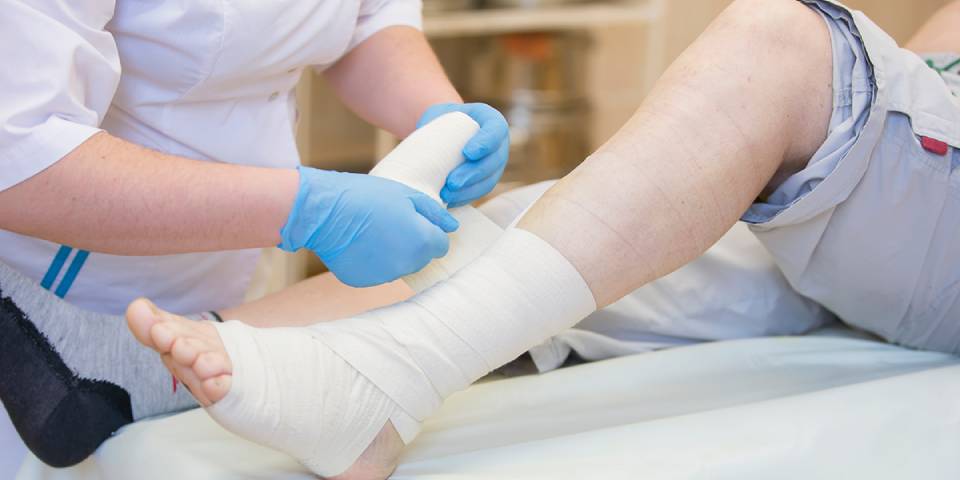Injury to the muscular framework alludes to any serious injury to the bones, joints, as well as delicate tissues brought about by an outside force. A fender bender or fall, for example, can cause these sorts of wounds, yet not consistently. Other than injury, abuse can likewise bring about tibial pressure cracks, which are allegedly brought about by running significant distances. A muscular injury includes any sort of injury, going from minor cracks to dangerous circumstances. Albeit horrendous muscular wounds are different, the objective of specialists who have practical experience in the field is something similar – to reestablish the capability of the harmed body part (s) rapidly and actually.
Common causes of orthopaedic traumatic injury:
Traumatic orthopaedic injuries occur most commonly because of:
- Because of a fall
- You are involved in an accident
- Caused by physical violence
- Sport-related injuries (basketball and football have the highest number of orthopaedic injuries)
Disasters caused by nature
When do you need an orthopaedic trauma expert?
orthopaedic trauma is not life-threatening but still requires specialized treatment. An orthopaedic trauma specialist can most effectively treat the following injuries:
- Fractures that do not break the skin (closed fractures)
- Breaking the skin in a fracture (open fractures)
- Fractures due to overuse (Small, hairline crack in the bone)
- A dislocated joint
- Injury from overuse
What are the treatment options?
Fractures do not always require specialized care, but complex fractures may benefit from trauma-specific care. We use several innovative surgical techniques including minimally invasive surgery, advanced external fixation, and bone-forming proteins, and bone graft substitutes.
- Trauma treatment options without surgery: There are some fractures and dislocations that can be treated non-operatively, particularly those involving the clavicle, scapula, humerus, wrist, hand, and foot. The fracture can be treated non-surgically through an external fixation method, depending on its severity.
- Trauma treatment options, including surgery: A physician uses an internal fixation method when he performs minor surgery on a bone to stabilize it with pins, wires, screws, and plates.

